GPCR/G protein

All GPCRs share a common seven trans-membrane structure. GPCRs are associated with heterotrimeric G-proteins which are GTP-binding proteins made of alpha, beta, and gamma subunits. When a ligand binds to GPCR, it activates the attached G-protein, the GDP is replaced with GTP. The activated G-protein then dissociates into an alpha and a beta-gamma complex which activates downstream signaling pathways. These intracellular signaling pathways include cAMP/PKA, calcium/NFAT, phospholipase C, protein tyrosine kinases, MAP kinases, PI-3-kinase, nitric oxide/cGMP, Rho, and JAK/STAT.
GPCRs are one of the most important therapeutic targets for various diseases, over 30% of all modern medicinal drugs target this family. Aberrant GPCR functions are involved in pathological conditions such as neurological, immunological and hormonal disorders. A large number of GPCRs have been identified, but whose ligands are not known, are classified as orphan receptors.
-
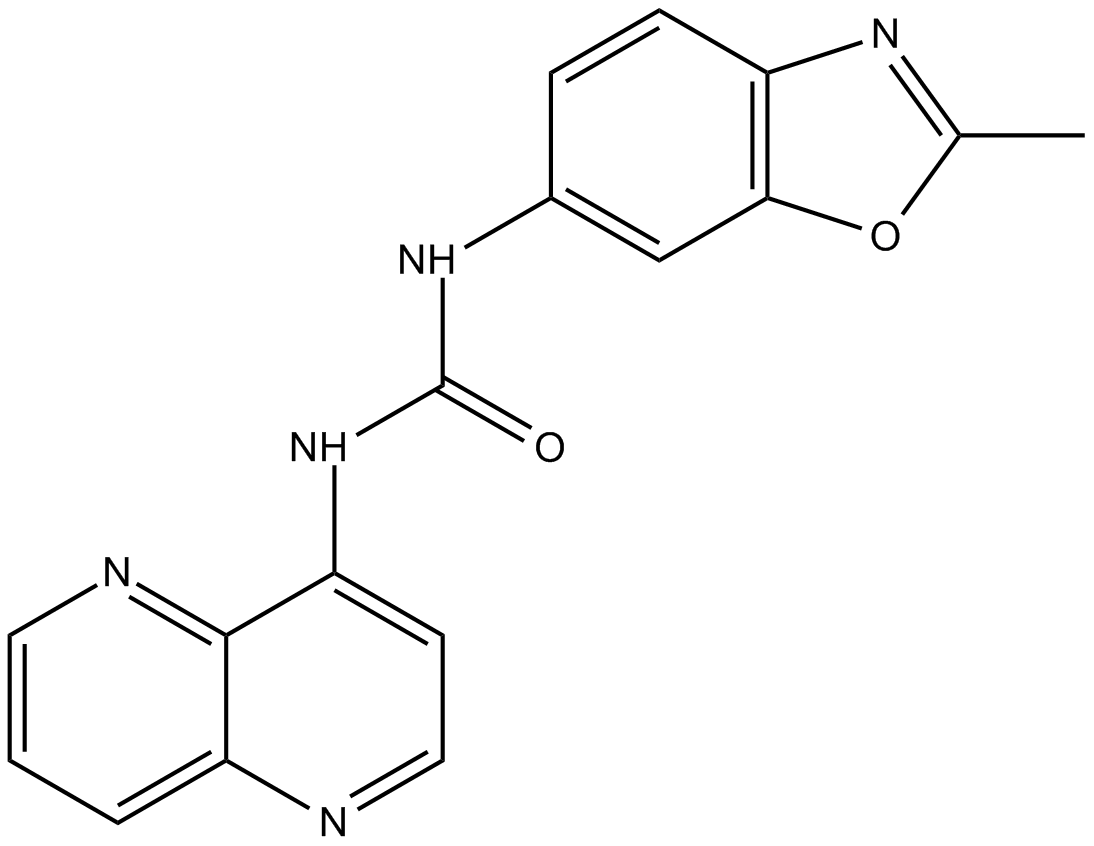 B3423 SB-334867 free baseSummary: orexin-1 receptor antagonist, selective
B3423 SB-334867 free baseSummary: orexin-1 receptor antagonist, selective -
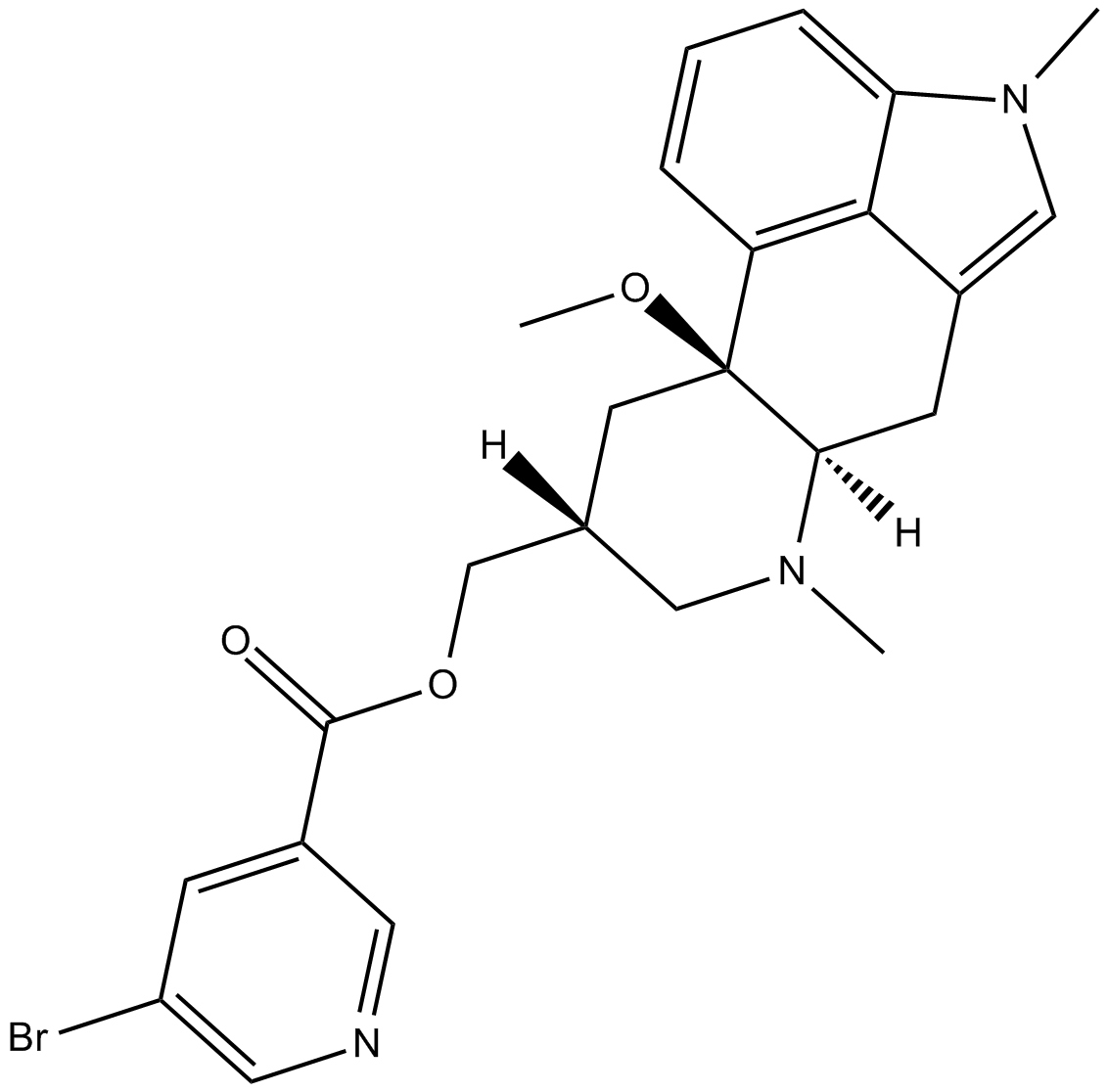 B3440 NicergolineSummary: vasodilator
B3440 NicergolineSummary: vasodilator -
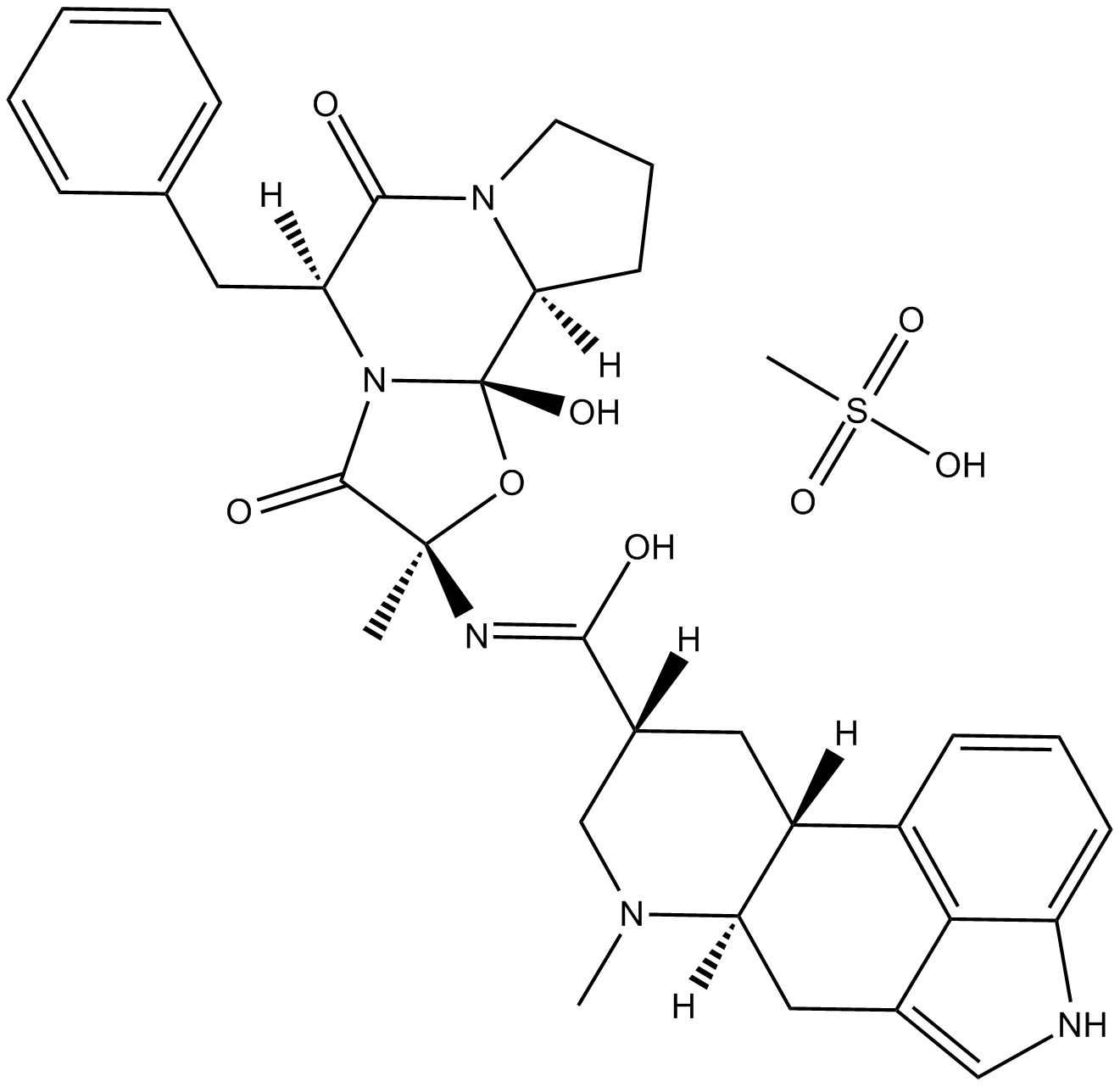 B3459 Dihydroergotamine mesylateSummary: An ergot derivative with agonistic activity for α-adrenergic, dopaminergic, and serotonergic receptors
B3459 Dihydroergotamine mesylateSummary: An ergot derivative with agonistic activity for α-adrenergic, dopaminergic, and serotonergic receptors -
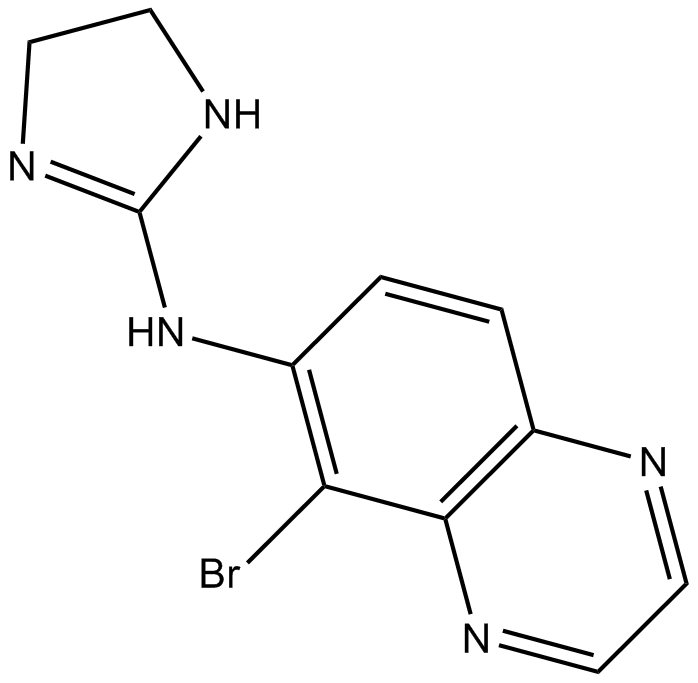 B3465 UK 14,304Summary: full α2-adrenergic receptor (α2-AR) agonist
B3465 UK 14,304Summary: full α2-adrenergic receptor (α2-AR) agonist -
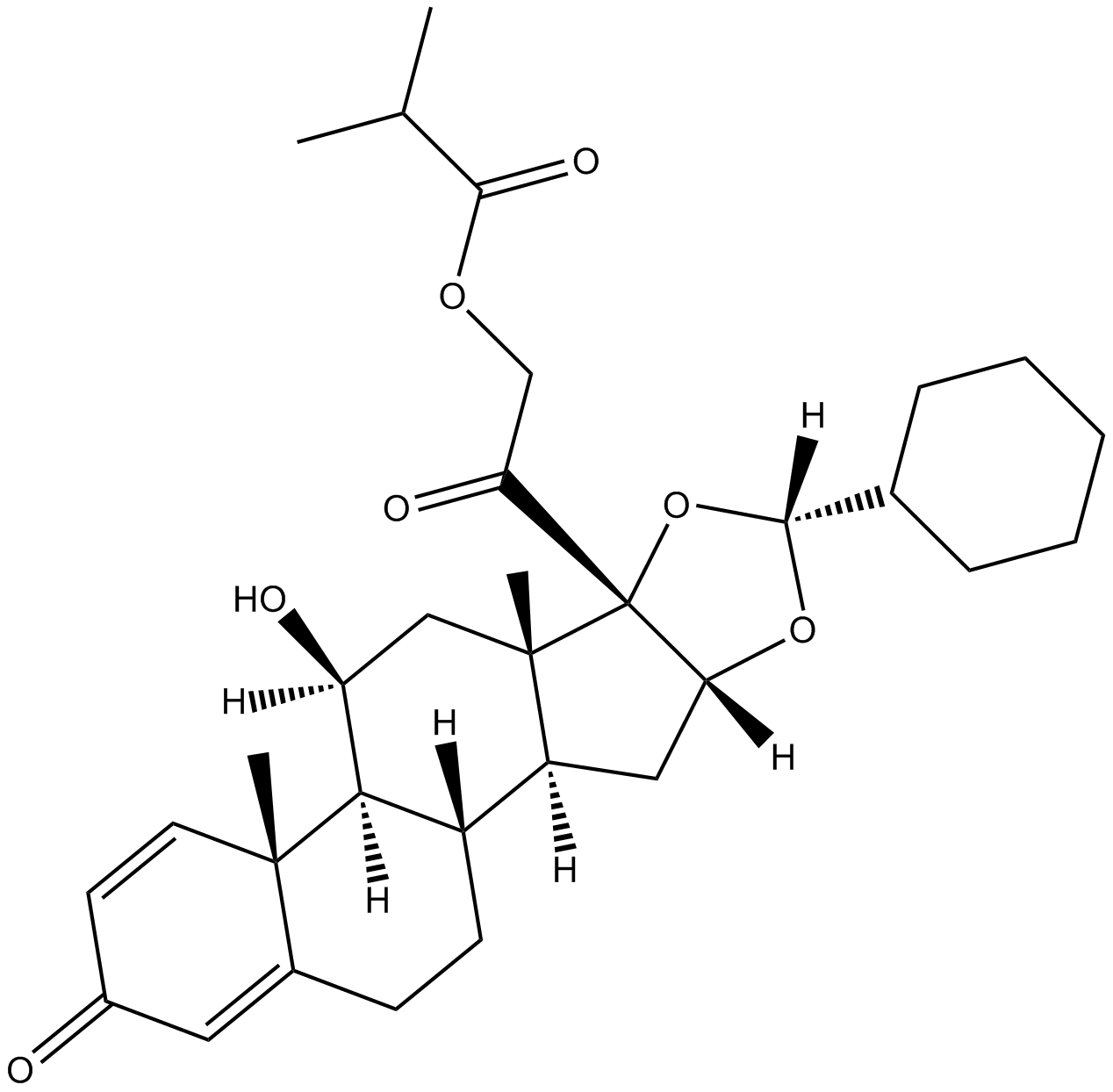 B3477 CiclesonideSummary: A glucocorticoid
B3477 CiclesonideSummary: A glucocorticoid -
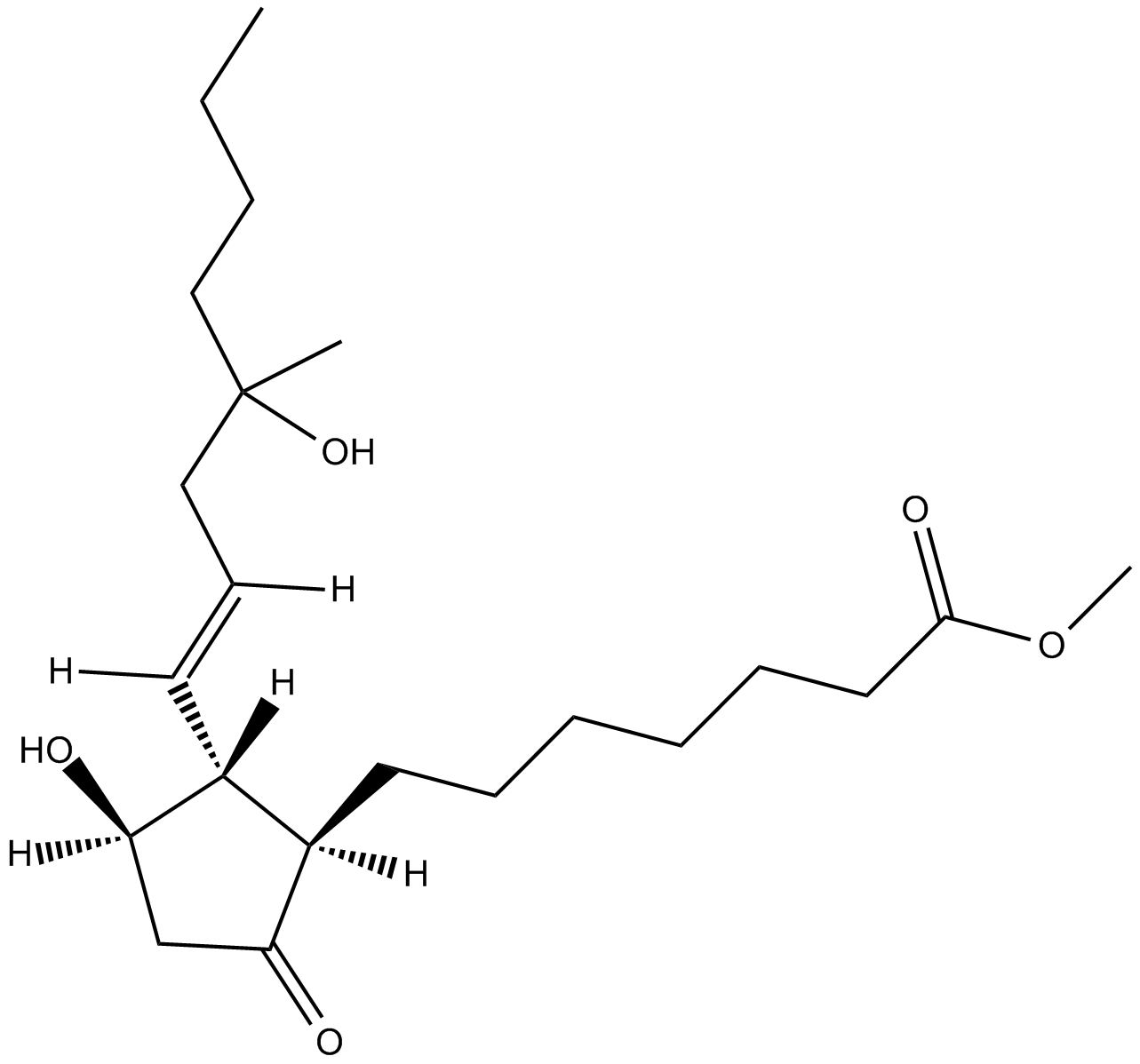 B3484 MisoprostolSummary: A synthetic prostaglandin E1 analog
B3484 MisoprostolSummary: A synthetic prostaglandin E1 analog -
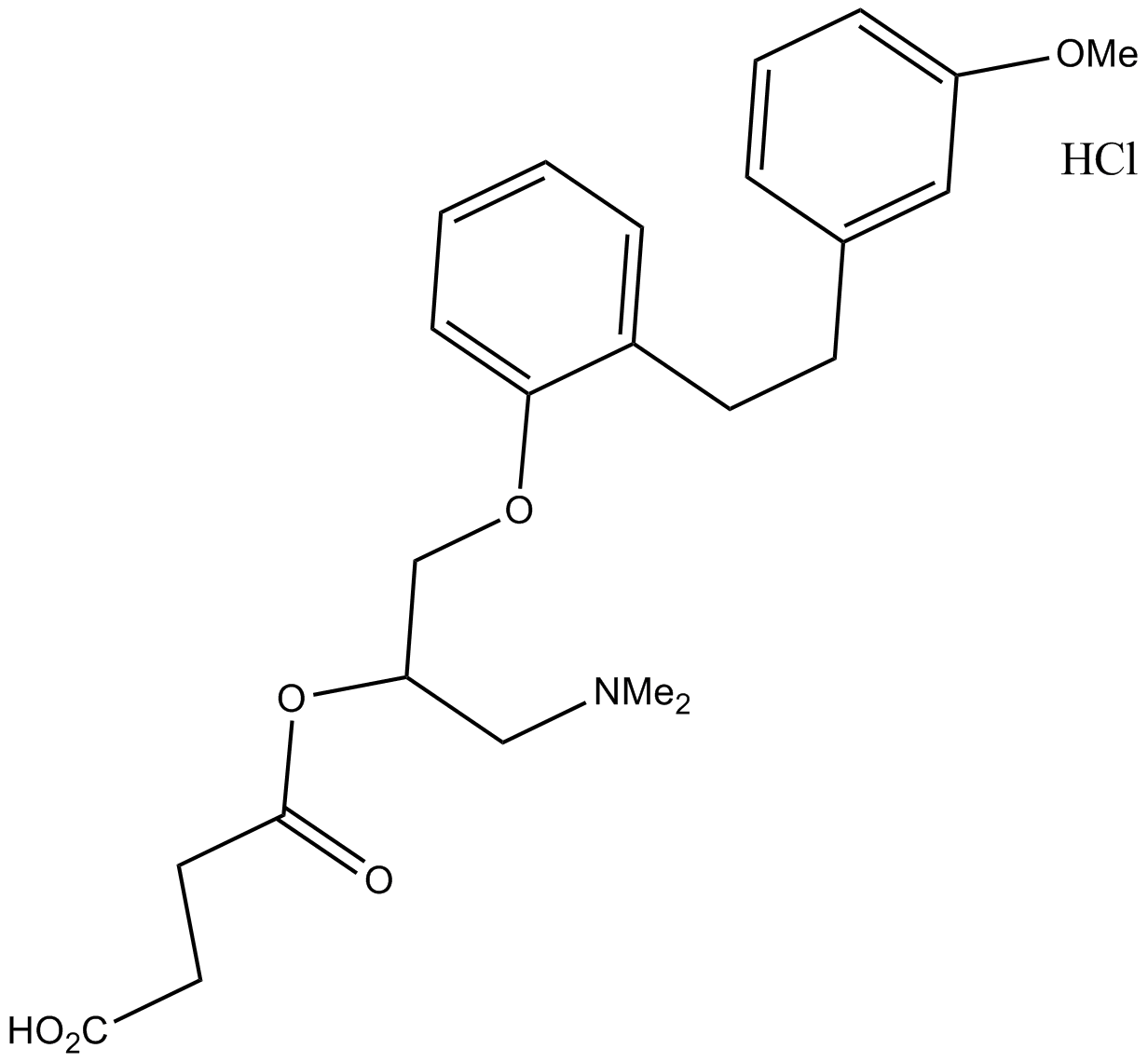 B3494 Sarpogrelate hydrochloride1 CitationSummary: 5-HT2A receptor inhibitor
B3494 Sarpogrelate hydrochloride1 CitationSummary: 5-HT2A receptor inhibitor -
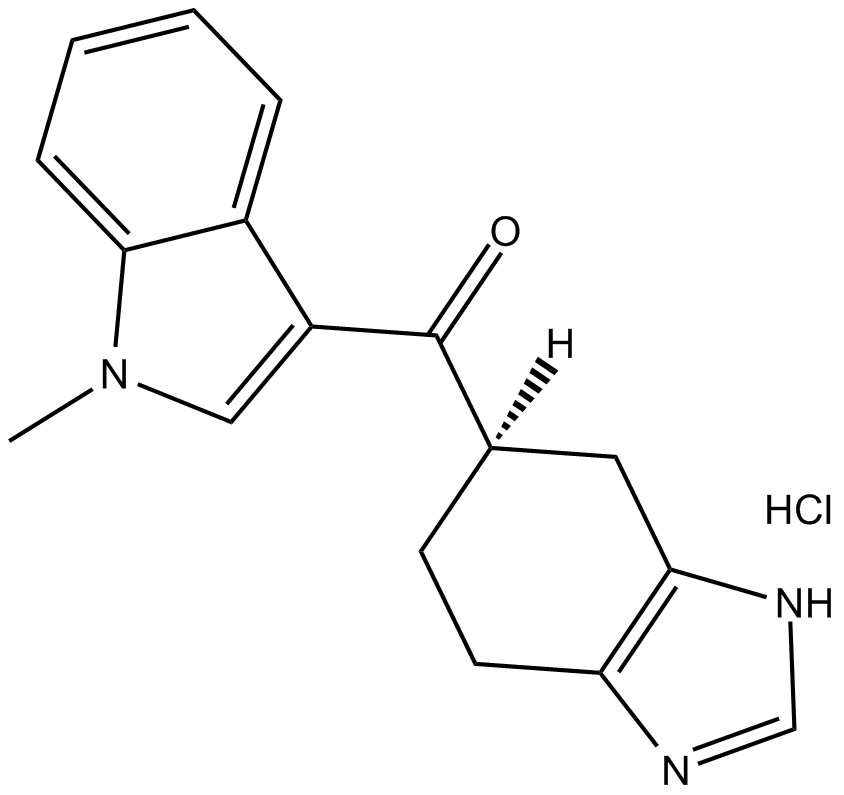 B3536 Ramosetron HydrochlorideSummary: 5-HT3 receptor antagonist
B3536 Ramosetron HydrochlorideSummary: 5-HT3 receptor antagonist -
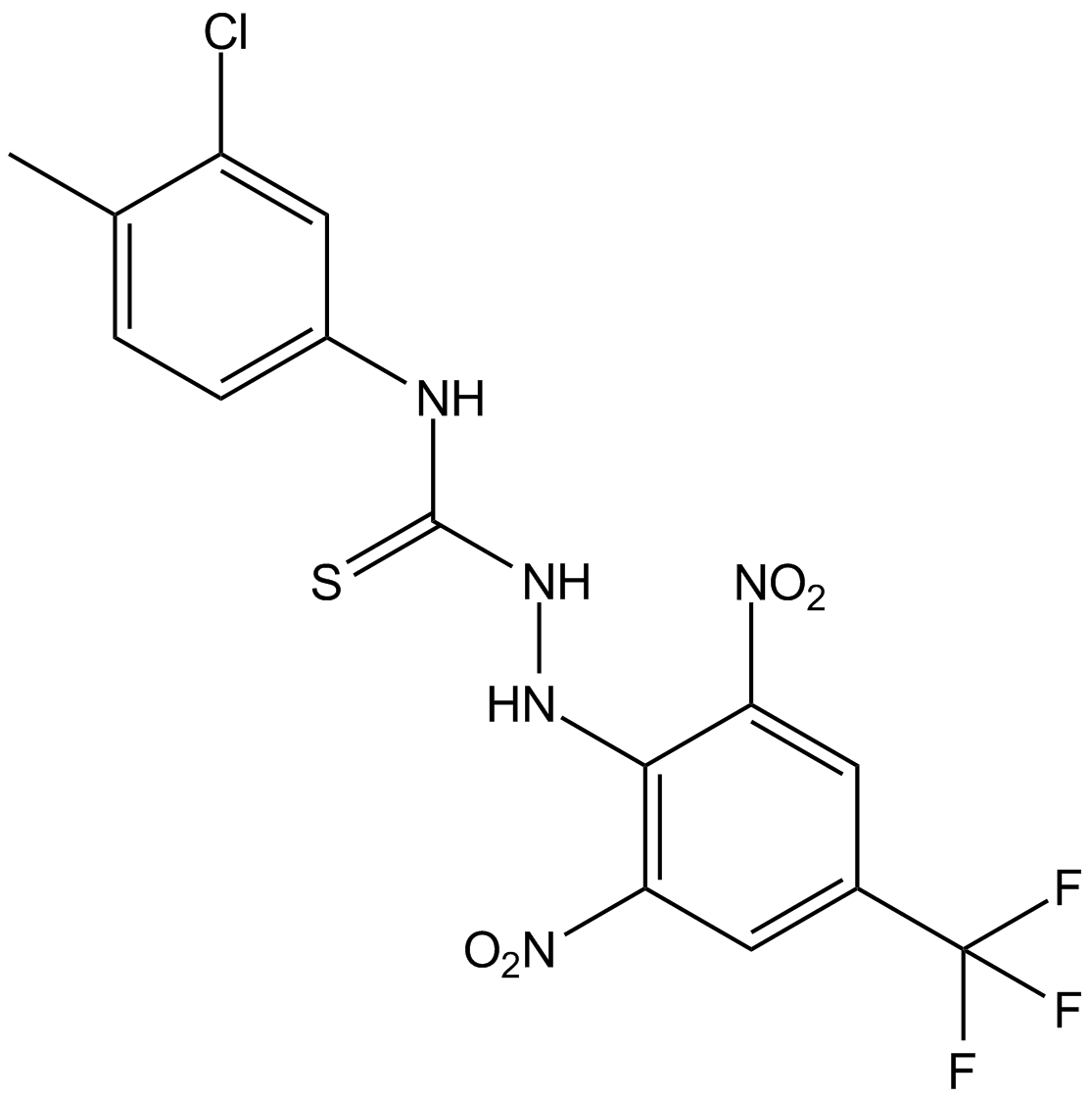 B3586 Kobe0065Summary: Ras inhibitor
B3586 Kobe0065Summary: Ras inhibitor -
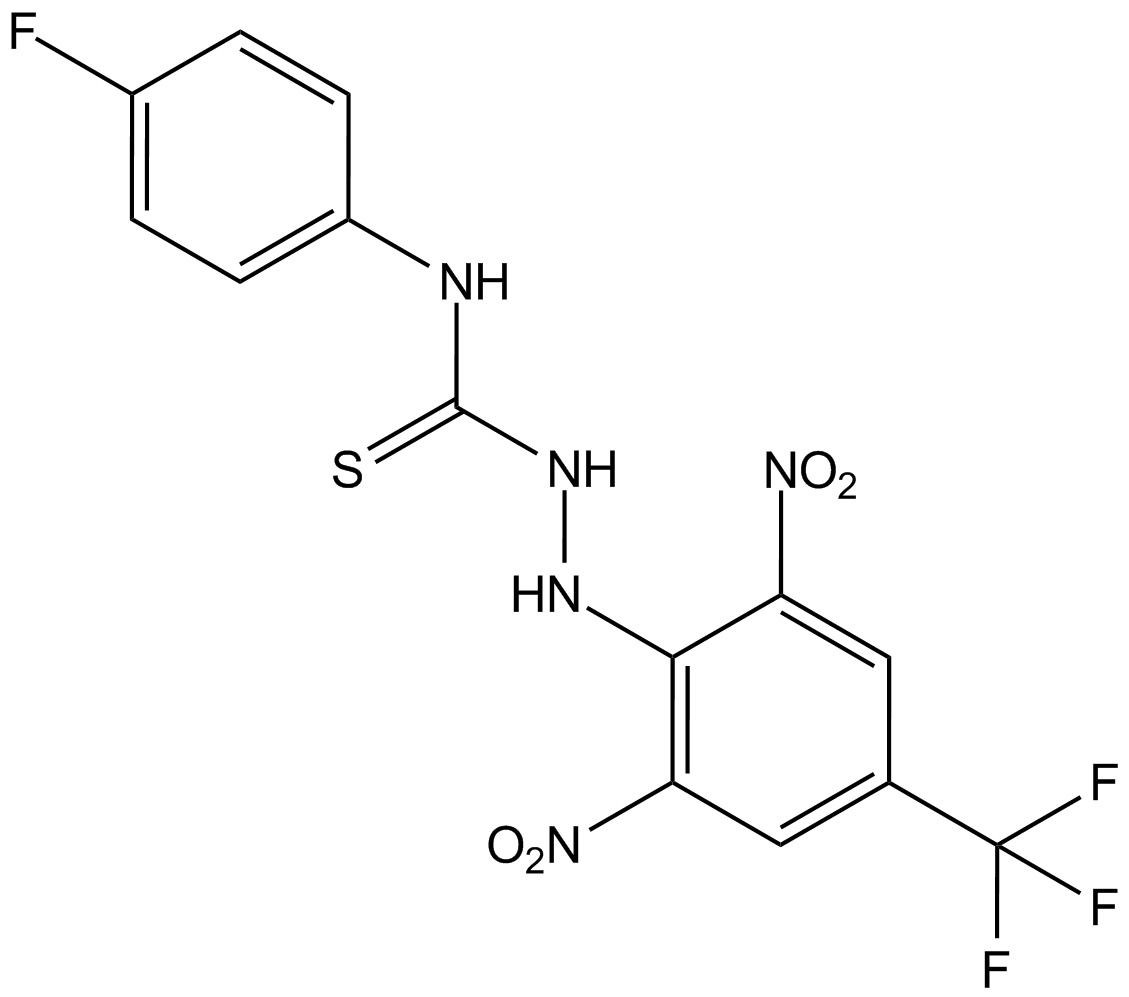 B3587 kobe2602Summary: Ras inhibitor
B3587 kobe2602Summary: Ras inhibitor

